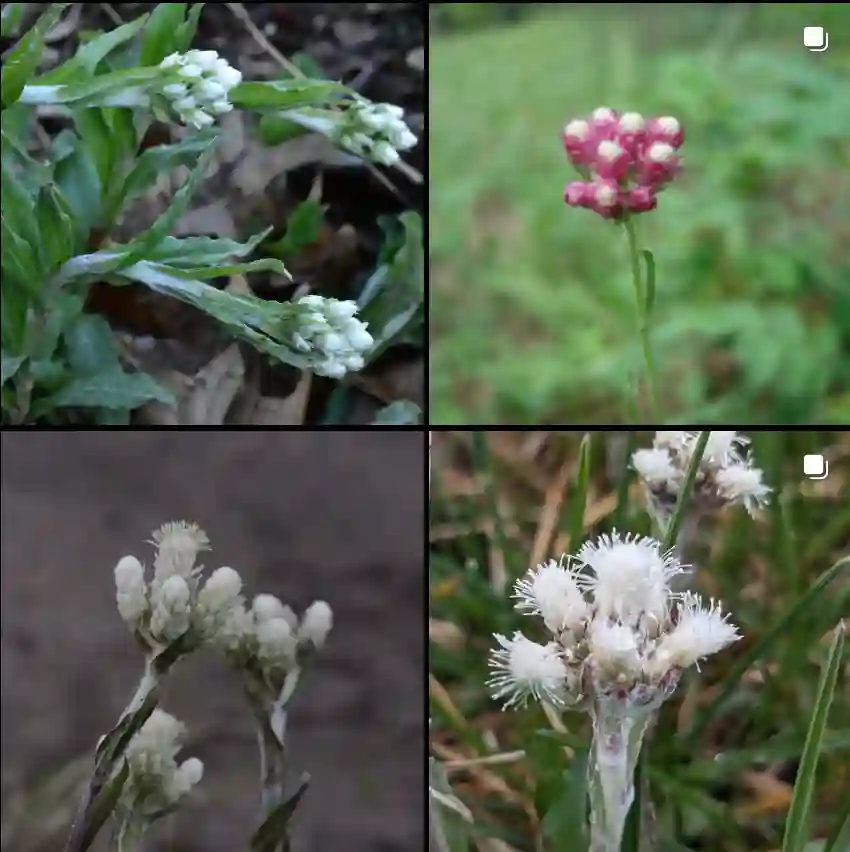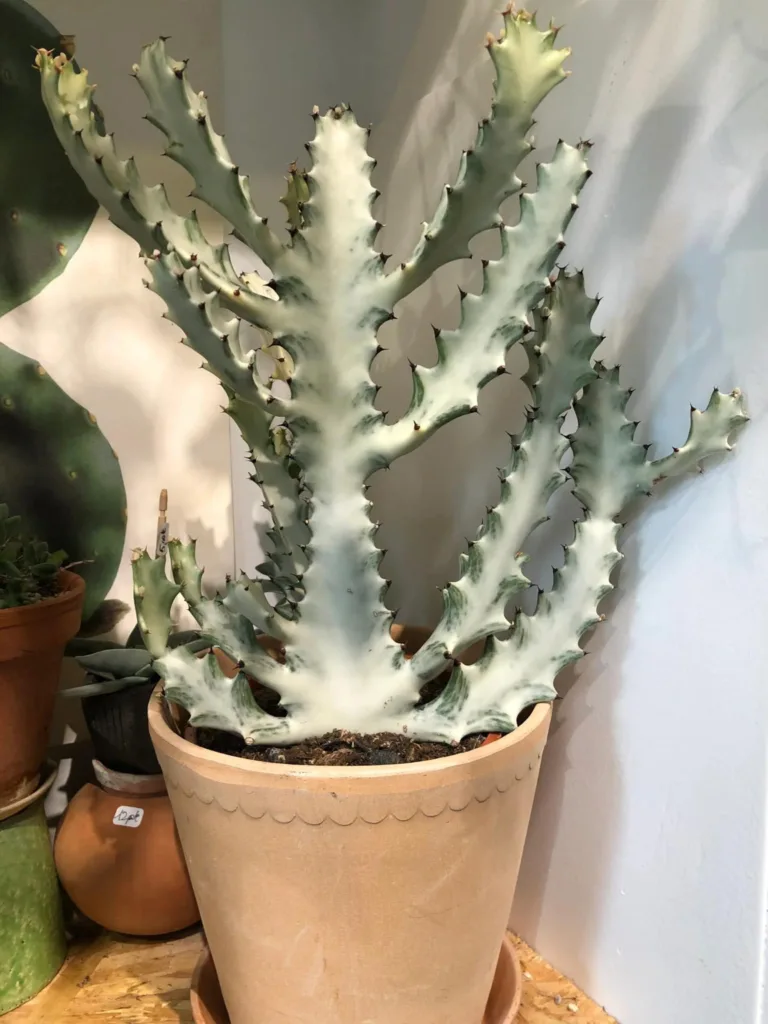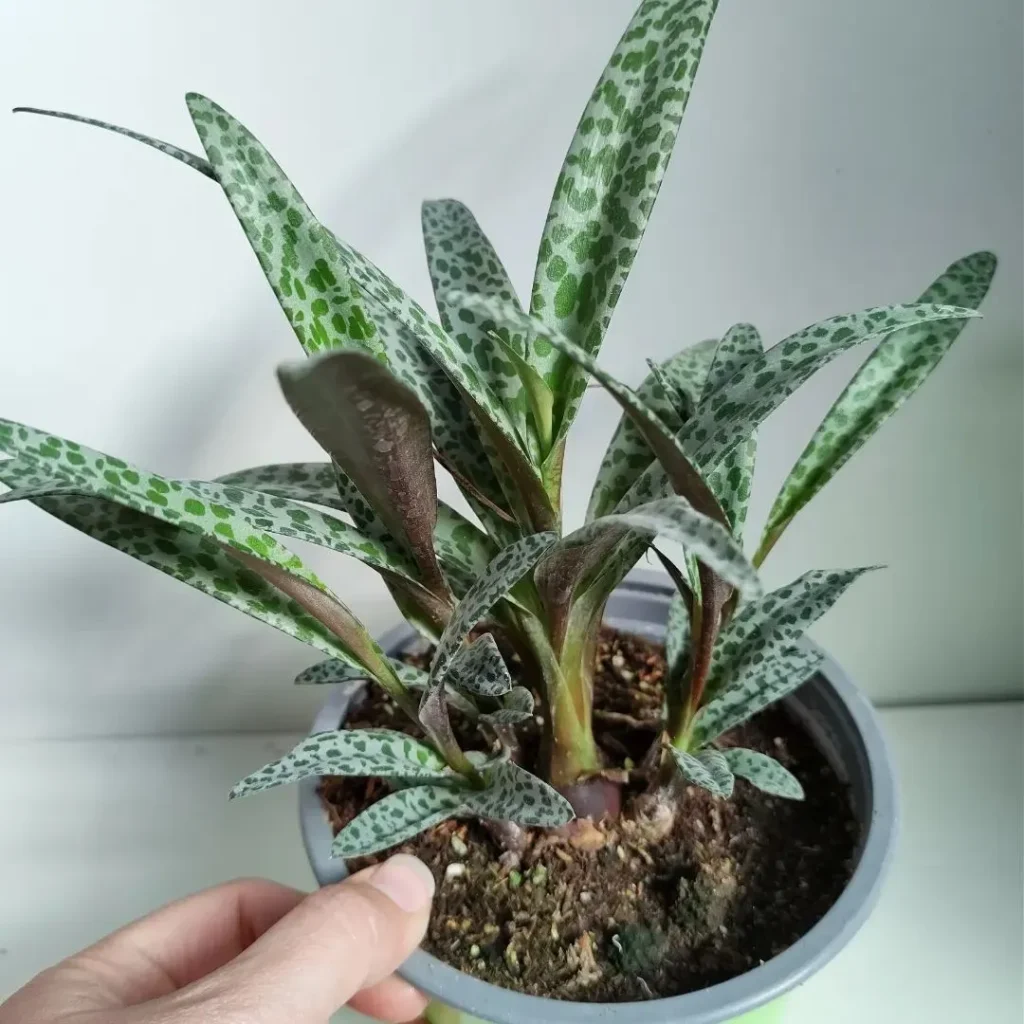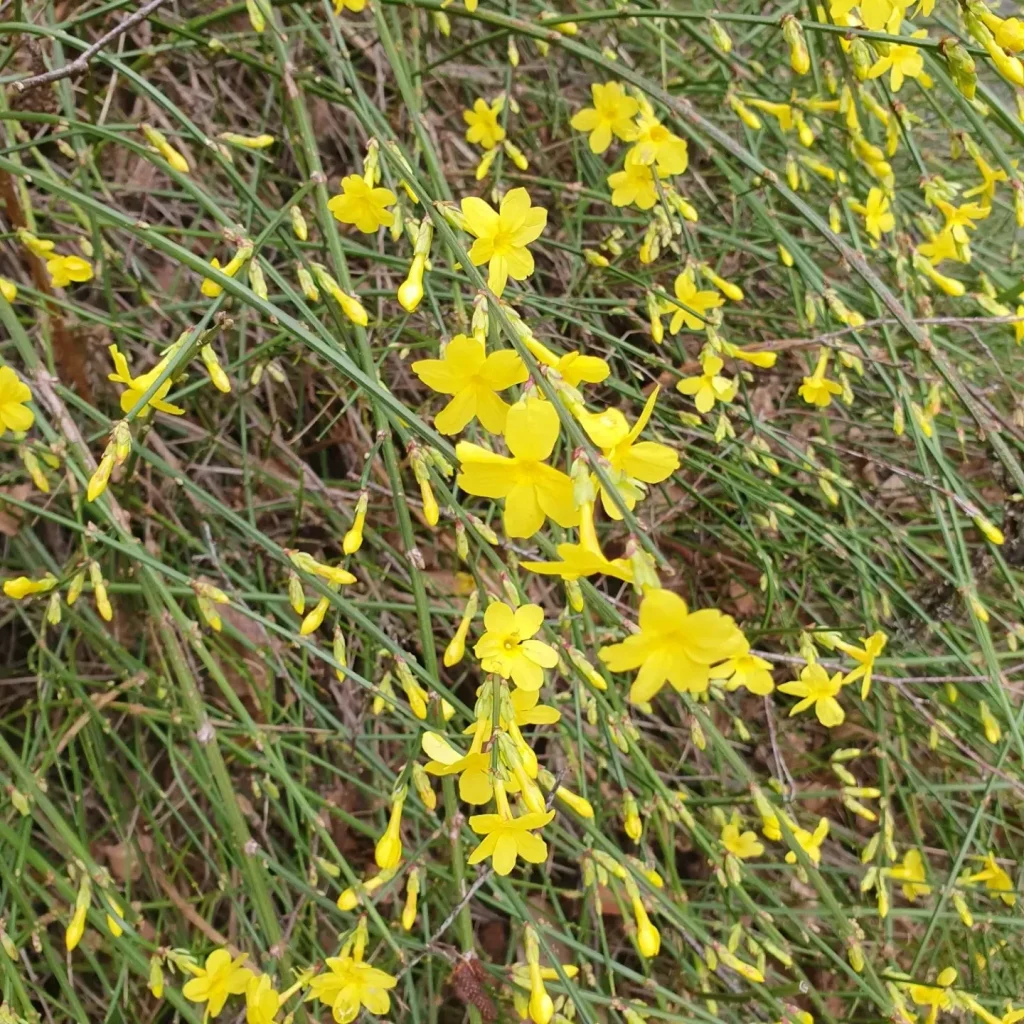FAQs About Erigeron Pulchellus
Erigeron Pulchellus, often known as the Charming Daisy, is a delightful perennial that adds a burst of color to any garden. Having grown it for some time now, I’ve found that there are a few common questions that come up about this plant. Here’s everything you need to know about Erigeron Pulchellus based on my experiences.
465 Species in Genus Erigeron
What is Erigeron Pulchellus?
Erigeron Pulchellus is a flowering perennial native to North America. This plant is renowned for its daisy-like flowers that bloom in shades of white or pale lavender. It typically grows to about 6 to 12 inches in height, making it perfect for ground cover or as a border plant. The foliage is low-growing and forms a dense mat, which helps suppress weeds.
How to Care for Erigeron Pulchellus?
Caring for Erigeron Pulchellus is relatively straightforward. Here’s a quick guide based on my observations:
- Sunlight: This plant thrives in full sun but can tolerate partial shade. In my garden, it has done well in both full sunlight and areas with a few hours of shade each day.
- Soil: It prefers well-drained soil. I’ve had the best results in soil that isn’t too heavy or clayey. Adding some compost to improve soil structure can also be beneficial.
- Watering: Erigeron Pulchellus is drought-tolerant once established. I water it regularly during the first growing season but reduce watering as it matures. Overwatering can lead to root rot, so it’s important to let the soil dry out between watering.
- Fertilizing: I’ve found that a light application of a balanced fertilizer in the spring helps promote lush growth and abundant flowering. Avoid over-fertilizing, as this can lead to excessive foliage and fewer blooms.
How to Propagate Erigeron Pulchellus?
Propagating Erigeron Pulchellus is quite easy and can be done through seeds or division:
- Seeds: Collect seeds from the spent flowers in late summer or early fall. I’ve sown them directly in the garden bed or started them indoors. Keep the soil moist until germination, which usually occurs within 2-3 weeks.
- Division: In early spring or late fall, you can divide the plant. I dig up the clumps and separate them into smaller sections, ensuring each section has roots and foliage. Replant immediately in well-prepared soil.
What to Plant with Erigeron Pulchellus?
Erigeron Pulchellus pairs beautifully with various companion plants. I’ve had success planting it alongside:
- Lavender: The purple hues of lavender complement the daisy-like flowers of Erigeron Pulchellus, creating a stunning color contrast.
- Sedum: The low-growing sedum varieties blend well with Erigeron Pulchellus, providing a contrasting texture and additional interest.
- Salvia: The vibrant blooms of salvia add height and color variation, making for an eye-catching garden display.
Is Erigeron Pulchellus Toxic?
One of the great things about Erigeron Pulchellus is that it is non-toxic to pets and children. I’ve never had any issues with my pets or neighborhood children interacting with this plant. It’s a safe choice for family gardens.
Benefits of Erigeron Pulchellus
Erigeron Pulchellus offers several benefits beyond its aesthetic appeal:
- Low Maintenance: This plant requires minimal care, making it ideal for busy gardeners or those new to gardening.
- Pollinator Friendly: The flowers attract bees and butterflies, which is great for encouraging pollinators in your garden.
- Weed Suppression: Its dense growth habit helps suppress weeds, reducing the need for additional maintenance.
Common Problems
While Erigeron Pulchellus is generally robust, there are a few issues to watch out for:
- Powdery Mildew: In humid conditions, this plant can develop powdery mildew. Ensure good air circulation and avoid overhead watering to minimize this problem.
- Root Rot: Overwatering or poorly drained soil can lead to root rot. Make sure your soil drains well and adjust watering as needed.
Comparing Erigeron Pulchellus with Similar Plants
If you’re considering alternatives or comparing it with similar plants, here’s a brief overview:
- Erigeron Karvinskianus: Often confused with Erigeron Pulchellus, Erigeron Karvinskianus (Mexican Daisy) is similar but tends to have a more sprawling habit and smaller flowers.
- Leucanthemum Superbum (Shasta Daisy): While both plants have daisy-like flowers, Shasta Daisies are generally taller and have larger blooms.
- Aster: Like Erigeron Pulchellus, asters offer vibrant flowers but tend to grow taller and may require more maintenance.
Erigeron Pulchellus is a charming and versatile plant that adds beauty and functionality to any garden. Its ease of care and ability to thrive in various conditions make it a fantastic choice for gardeners of all levels.
If i die, water my plants!



